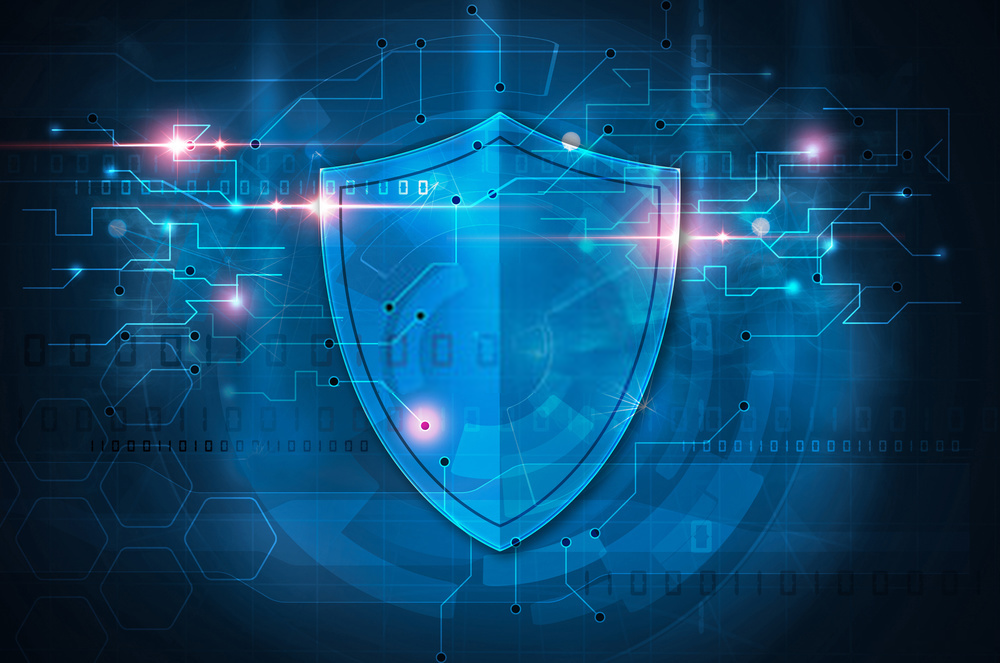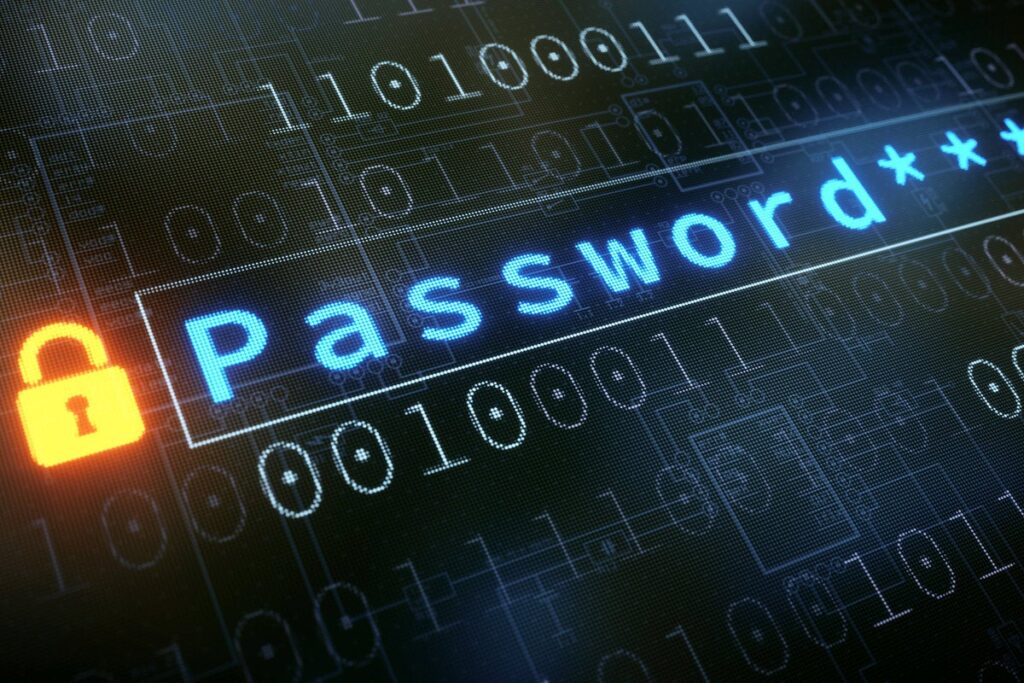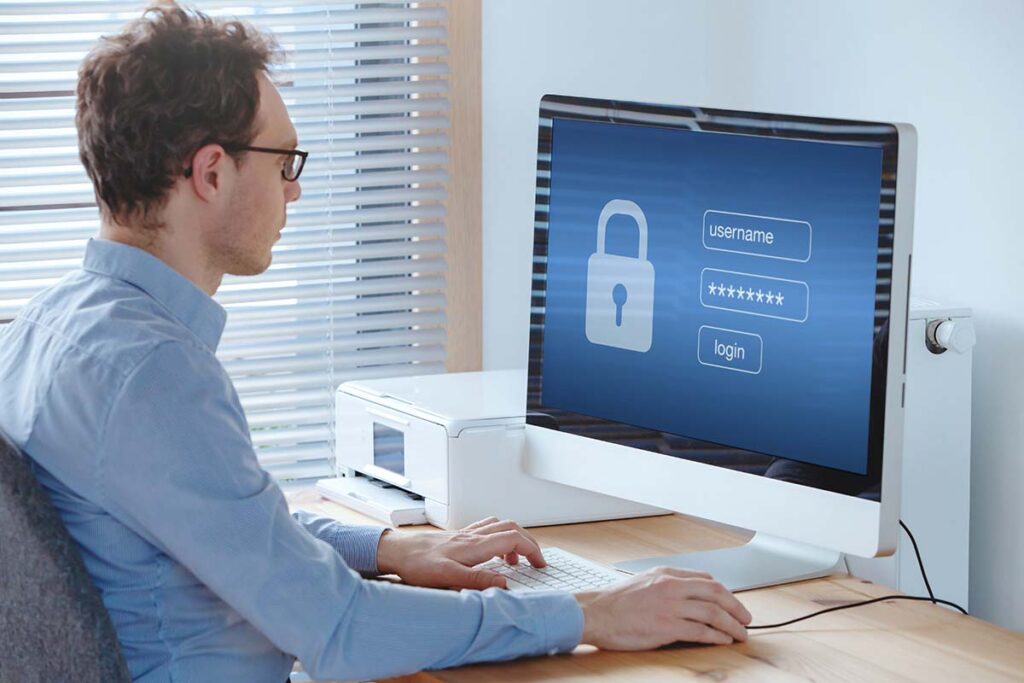Remote working forced workers to work from home. Many of them found they prefer remote working and want to keep it that way. There are also benefits for businesses.
However, remote working also brings IT challenges with it. In a traditional office environment, all your staff work on the same network. This makes it easier to secure because IT staff can implement holistic security protocols that all of your business activities fall under.
Securing your network for a distributed workforce is not so simple. It complicates matters. IT managers and support teams are now faced with the task of managing numerous staff members across a ton of networks.
Moreover, the networks are their home networks which are only protected by their security systems. And those systems may not be sufficient enough to keep out determined hackers that have sophisticated techniques of breaking into networks.
A situation of dangerous complacency has been picked up amongst these remote workers. According to reports, some 56% of IT technicians believe employees have picked up bad WFH cybersecurity habits.
In this article, we will discuss the measures you need to take in order to enforce cybersecurity security protocols and mitigate the risk of cyber threats infiltrating your business network.
Universal Antivirus

Antivirus software and protocols do a pretty good job of identifying malicious codes and suspicious activity. Every computer should be installed with universal antivirus software that protects your business network from zero-day attacks, malware, viruses, trojan horses, and phishing emails.
There are numerous antivirus tools on the market. If you’re not sure which one will be best for you, go with a brand name you’ve heard of to be on the safe side. Alternatively, research trusted IT websites to see what their experts suggest.
Ideally, you should be looking to install software that uses cutting-edge technology to predict and rapidly respond to known cyber threats. The most advanced technologies incorporate artificial intelligence which is currently the primary driver for keeping ahead of the cybercrime curve and evaluating threats in real-time.
VPNs

Having secured your staff’s computers, you must also secure their networks. Currently, your staff’s work is unencrypted, and if a hacker can access your employee’s home network, they will be able to see all the data the staff member is working with.
A VPN mitigates the risk by encrypting data and routing all traffic through an alternative source. This method hides server data from would-be hackers so they are not able to access your network.
The VPN you install will hold the key to all of the data that your staff member is working with. It is vital that they properly secure it with a strong password and multi-factor authentication.
Again, if you’re not sure which VPN is the most suitable for your company, refer to the experts in the IT field. Here is a list of the best VPNs to date.
Passwords and Authentication

Strong passwords and multi-factor authentication are necessary steps to secure your company data, as a hackable network will give cyber criminals easy access. You’re probably already aware of multi-factor authentication and probably find it a pest, but we cannot stress enough how important this step is.
First and foremost, you need a strong password. The primary way of strengthening a password is to construct a memorable phrase using a mixture of letters, numbers, and symbols. Avoid using predictable passwords or the names of your family members and pets – especially if that type of information can be discovered through social media.
Also, avoid using the same password for more than one account. It’s also advisable to force your staff to update their passwords every month. As an extra precaution visit, Haveibeenpwned.com. They have a database of emails and passwords that data breaches have exposed.
Regularly searching this for your passwords and changing it if the search has results will secure your password. Secondly, howsecureismypassword.net will tell you how long it would take to hack your password by brute force techniques.
If the time required is short, strengthen your password. Directing your staff to these key resources will help them to feel comfortable that their password will not be the cause of a data breach.
It’s worth bearing in mind that a password will never be perfectly secure. If a hacker has already access to a person’s computer they can easily steal a password.
Multi-factor authentication (MFA) was designed to add an extra layer of protection to business networks. Yes, your staff will moan and groan, but it is a necessary step that reinforces your password security.
The purpose of MFA is to authenticate the user by location identification and by confirming they can access a secondary device – usually a mobile in which they can use texts.
However, it has been discovered that MFA is not 100% foolproof either. Hackers have various ways of intercepting text messages. The most obvious way forward is to use a biometric authentication system.
Further Security Needs

Improving network security using various technologies is undeniably important. However, technology alone will not fully protect your business from cyber-attacks.
As a matter of fact, the main threat posed to your business network is your staff. Human error currently accounts for 90% of cyber-attacks. Remote workers also make your network more susceptible if they are using their own devices to access your business network.
Whilst the technology mentioned above goes a long way to helping secure your IT infrastructure, technology can prove futile if your staff are unwittingly allowing cybercriminals to sneak in through the backdoor.
The best way to avoid this is to provide your staff with cybersecurity awareness training. If there’s someone in your firm that understands cybercrime at a good level, there’s no reason why you can’t organise the training yourself. A professional specialist would obviously be the better option.
Cybersecurity awareness training should explain the risk of cyber threats, where those risks come from (phishing, spoofing, weak passwords etc), how to avoid leaving gateways open (MFA, patch management etc) how to identify suspicious activity and what to do to report a potential cyber attack.







